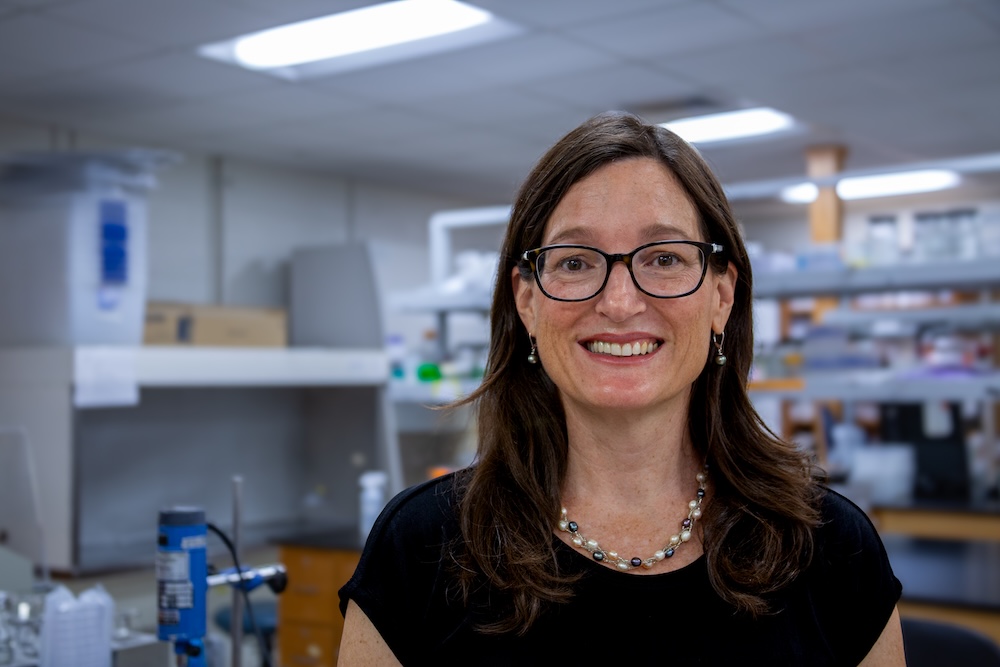By Brad Haire
University of Georgia
Rains needed a way to keep them focused, contained and mobile outside the lab. So, he and a colleague invented the "Wasp Hound."
The Wasp Hound is a 3-inch PVC pipe about 10 inches long. A fan and a Web camera closes one end. Inside, a tray places four or five wasps over the tiny pinhole in the removable white cap that covers the other end.
This portable nose can monitor the behavior of wasps trained to respond to a particular scent or volatile compound, he said.
Rains has used trained wasps to detect aflatoxin, a poison produced by fungi that attack crops like peanuts and corn in fields and in storage.
"Volatile compounds are released by all organisms, either directly or by chemical reaction with other materials," said Rains, an engineer with the University of Georgia College of Agricultural and Environmental Sciences.
In nature, a parasitic wasp uses its tracking ability to find food and hone in on the scents of caterpillars it likes to inject with eggs. The eggs hatch. The larvae eat the caterpillars.
The wasp finds the caterpillars, too, by detecting scents released by plants, often field crops, that the caterpillars are eating.
The premise of the Wasp Hound is based on the work of Joe Lewis, a U.S. Department of Agriculture entomologist. Over the past two decades, Lewis has learned that parasitic wasps can smell nearly anything and can be taught to respond to smell.
Rains and Lewis use wasps that have been bred in a lab on the UGA Tifton, Ga., campus. Thousands can be produced each week. There is nothing particularly unique about the wasps when they're born.
But through conditioning them to link a certain smell to food -- in this case, sugar water -- they become little bloodhounds. It takes 5 to 10 minutes to train them. It can take months to train a dog to consistently pick out one scent.
The conditioned wasps are loaded into the Wasp Hound. The fan sucks air through the pinhole in the cap. If the scent they've been trained to recognize whiffs through, they will crowd around the pinhole. If the scent's not there, they just hang out.
Through a USB wire, the Web camera sends an image of the wasps to a computer. There, software analyzes the amount of dark space created around the pinhole by the wasps against the white background of the cap.
The software creates a graph that shows the level of crowding, or the wasps' response to the odor they were trained to detect. It doesn't take long for the Wasp Hound handler to get the answer.
"This adds objectivity to the process," Rains said. "In about 30 seconds, we can know if the wasps picked up anything."
Forensic entomologists have asked Rains if wasps can be trained to help investigators find clandestine grave sites. He thinks they can.
The wasps can also be trained to detect explosives, he said.
Once a dog is trained to a scent, it's tough to train it to go after another. The wasps in the Wasp Hound can't be trained to respond to another scent, either, he said. But wasps are cheap to produce and are beneficial to farmers.
"Once you're through with the wasps," he said, "you can just let them go."
A parasitic wasp's life span is two to three weeks.
The work that went into the Wasp Hound was funded by the USDA, UGA and the U.S. Department of Defense.






